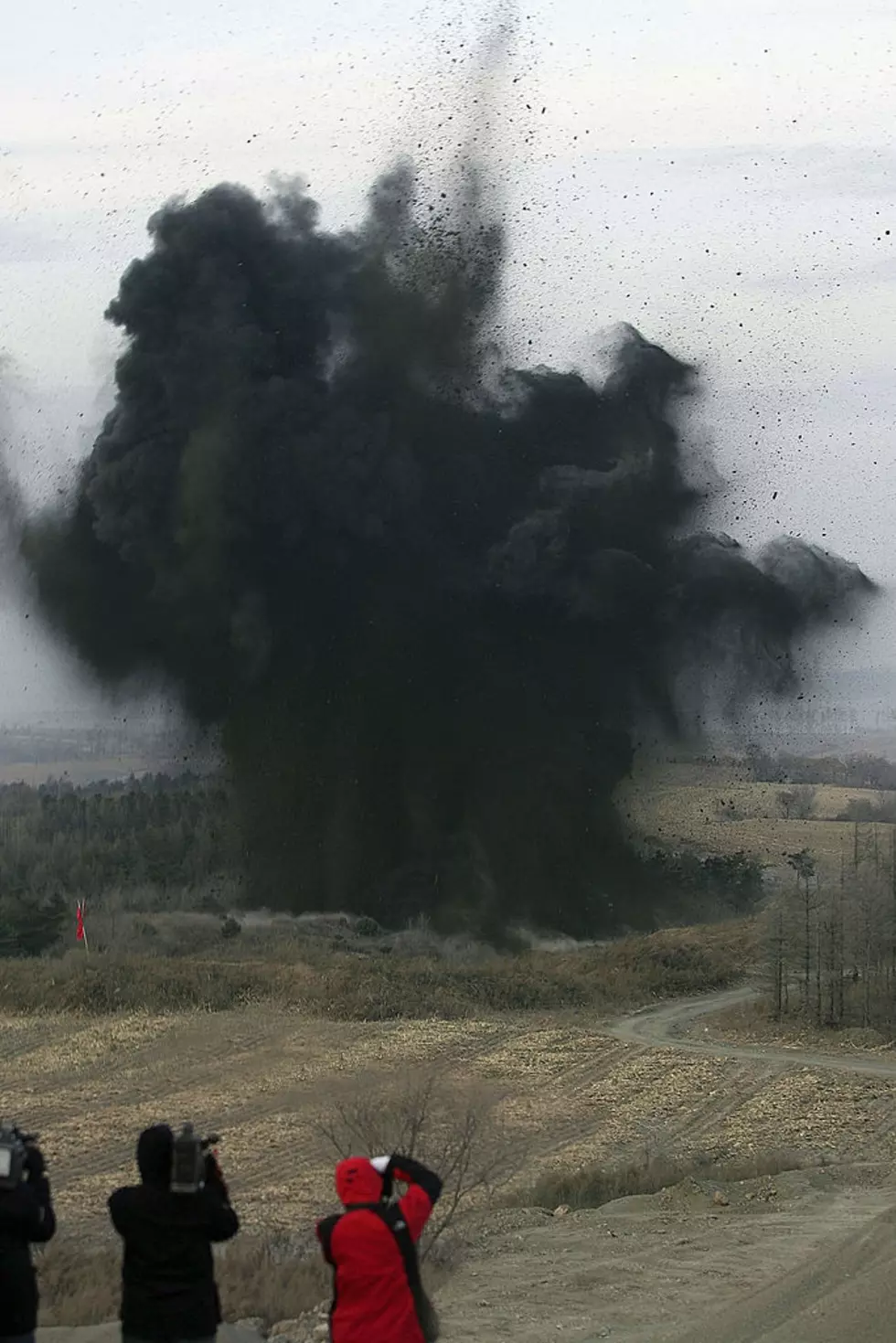
West Richland Rock Blasting Triggers NW Quake Tremor Alert
If you were in the area of West Richland, perhaps by SR 224, or the new Police station, you probably felt or heard it.
Utility crew blasting triggers Pacific NW Earthquake tremor report
This is not uncommon when construction crews are having to blast away rock and debris in order to build highways, and roads, do utility work, or do other jobs.
But it points to the power of the explosives they use, and how far vibrations travel. Often, these projects do show up on quake monitoring systems.
West Richland PD put this on their Facebook page Tuesday afternoon:
"Did you feel the earthquake? We sure did. JUST JOKING IT WAS THE ROCK PIT NEARBY."
According to the Pacific Northwest Seismic Network, utility work blasting was being done near Belmont Ave., the city had issued some bulletins about basalt having to be blasted away so crews could do utility work.

The crews were working between 9 AM and 2 PM, according to the PNSN, the blast occurred or was registered on their measuring equipment at 2:03:L46 PM. It apparently made quite an impact. From the PNSN page:
"pnsn.org › events › sort_by=event_time_utc
LOOK: The most expensive weather and climate disasters in recent decades




